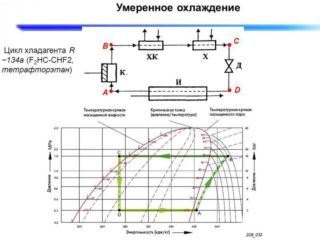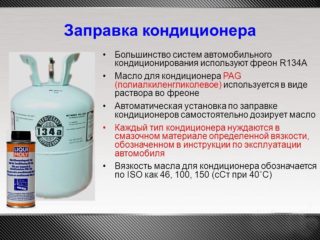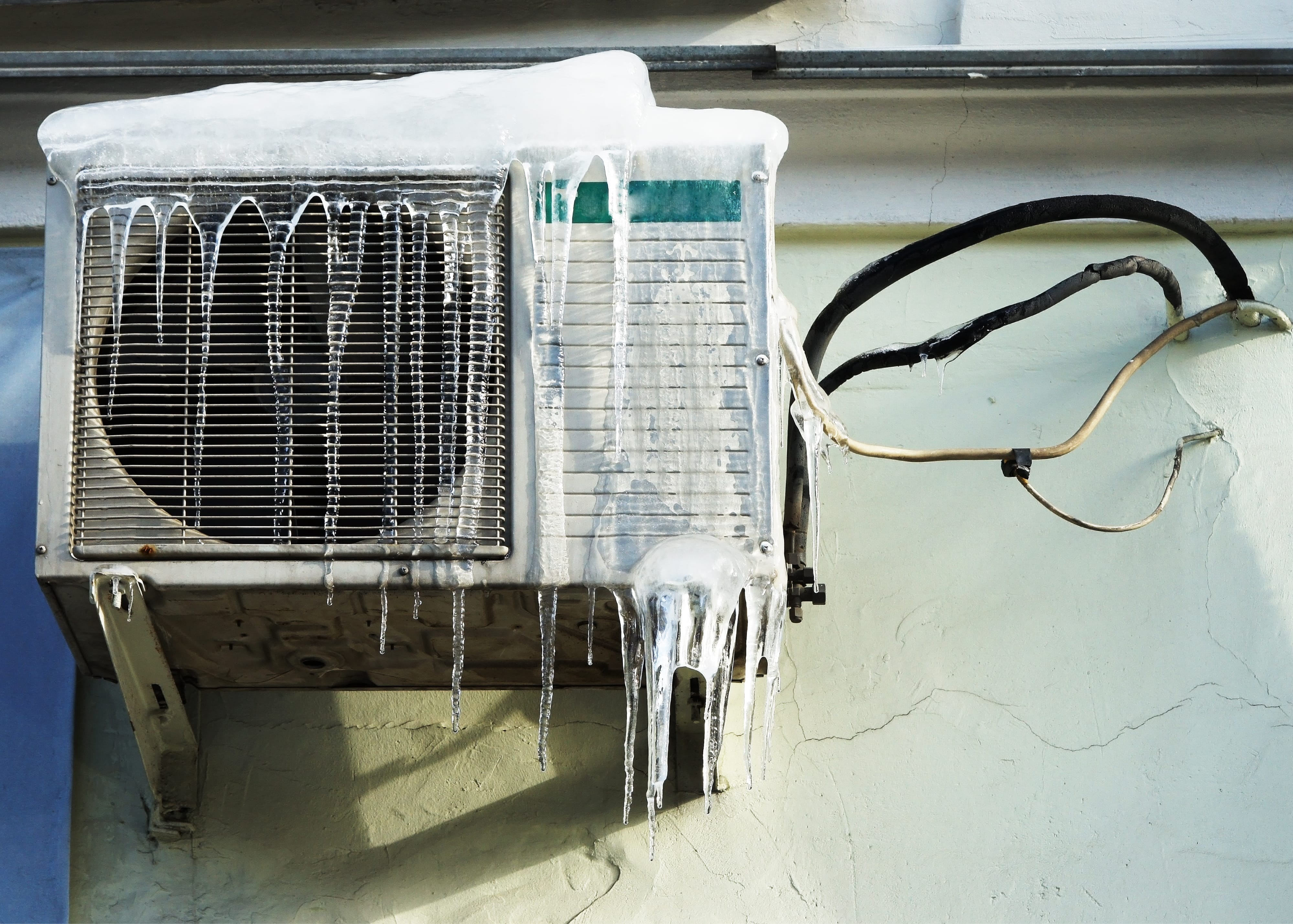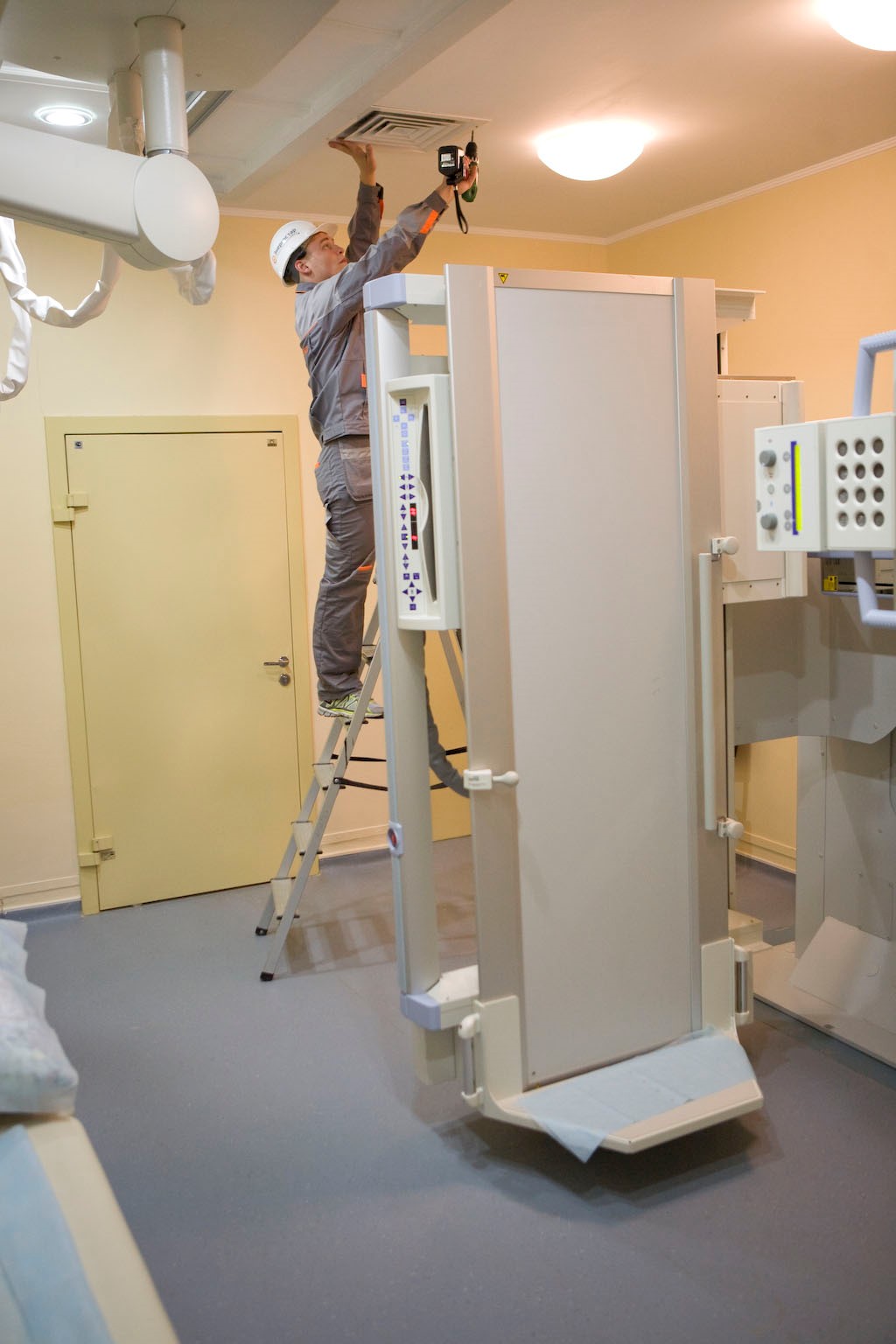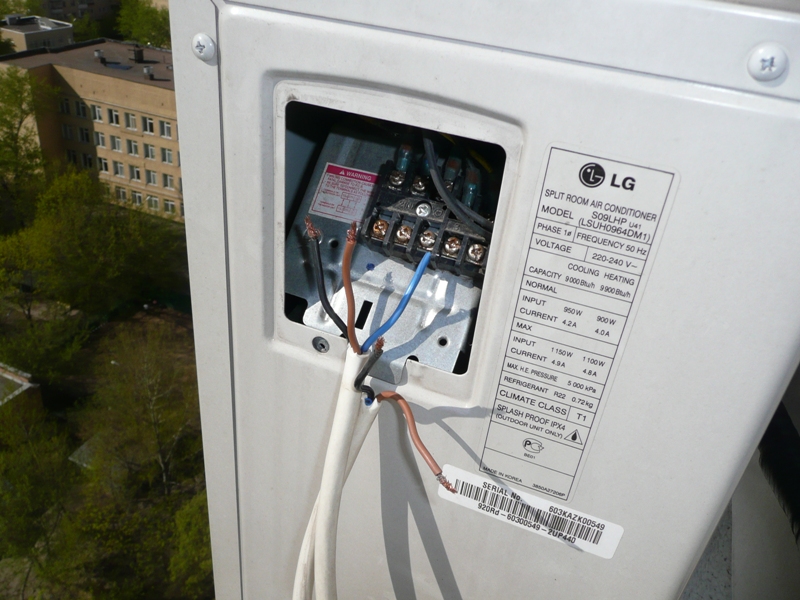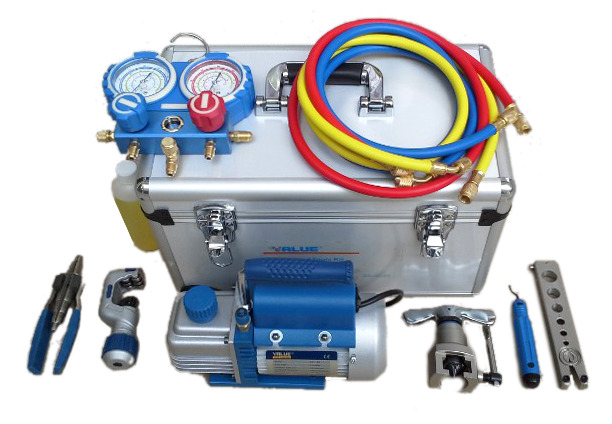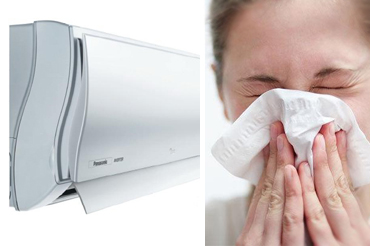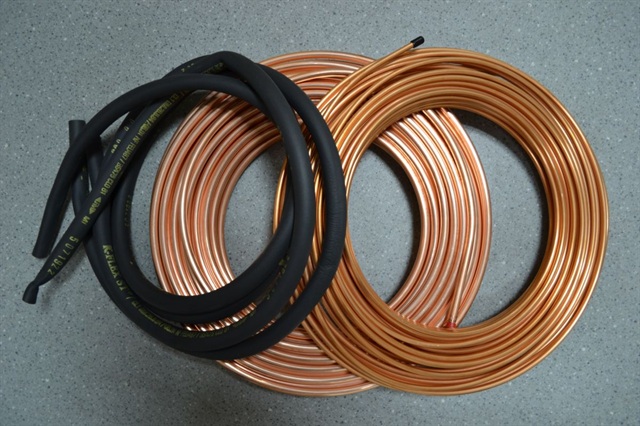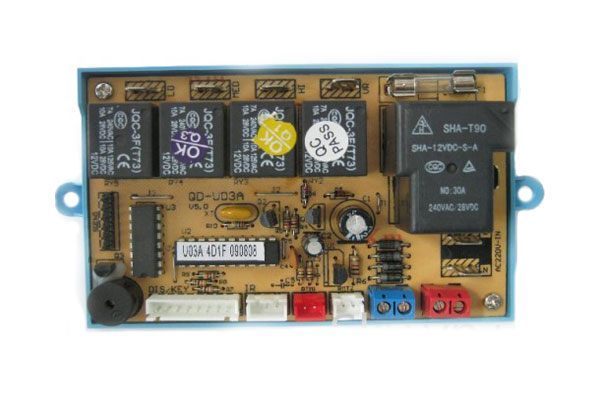Freon R134A is a representative of modern freons used in climatic and refrigeration equipment. It began to be used in connection with the introduction of restrictions on the operation of various systems with freons containing chlorine. Freon R134A is used both in pure form and in mixtures. It has undeniable advantages in comparison with R12, however, it has certain features that affect the operation.
Description and application of freon R134A
All freons are substances that boil at low pressure and condense at high pressure. These properties make it possible to successfully use refrigerants in the creation of climatic and refrigeration equipment.
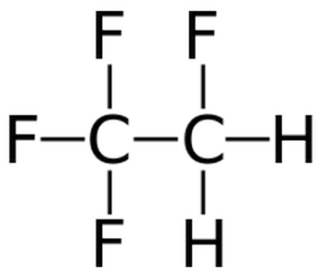
There are different types of freons:
- chlorofluorocarbons;
- fluorocarbons;
- chlorofluorocarbons;
- bromofluorocarbons;
- hydrofluorocarbons.
The latter includes R134A freon - a refrigerant made without the use of chlorine. The colorless gas has a chemical name - tetrafluoroethane.
Most often, air conditioners in cars, industrial refrigeration units and household climatic equipment are charged with refrigerant. It is used in the process of creating other brands of freon. The refrigerant is designed for medium temperature operation.
Freon R134A can be used in systems in which other refrigerants are officially used. This is possible due to the inclusion of the substance in the composition of most freons.
Freon is used in pneumatic weapons, filled into cylinders for dust-cleaning devices, used to cool water on an industrial scale. In a liquid state, the substance is widely used to cool personal computers (overclocking systems).
Freon has a Russian counterpart called R-600A. Despite the similar properties of R134A and R12 freon, they cannot be mixed. Doing so can cause equipment damage. Domestic manufacturers claim that their product was created taking into account the operation of Russian compressors.
Advantages and disadvantages
The main advantages of freon:
- Reliability of use in any conditions. When working with a substance, there is no need to additionally create exceptional safety conditions.
- Consistency of performance.
- High thermodynamic performance.
- Zero ozone depletion potential.
Tests over a wide temperature range have shown that R134A has a higher performance than predicted. The substance has the best heat transfer characteristics in comparison with R12 and R22.
One of the significant disadvantages of freon is decomposition with the release of harmful vapors when heated above 250 degrees. In addition, it has a high greenhouse gas coefficient, which is 1,300 times that of carbon dioxide.
Another disadvantage of R134A freon is its high hygroscopicity. When the permeability of the hoses increases with improper maintenance, there is an increased risk of moisture entering the system. If air enters and is compressed further, the formation of a combustible mixture is possible.
Refrigerant features
R134A gas is best used in medium and high temperature refrigeration units.Compared to analogs, it copes better with the annual rise in temperatures, which makes it possible to use it in special sealed cooling systems.
Freon is used in the modernization of equipment operating at low temperatures.
- The refrigerant must not be mixed with conventional synthetic and mineral oils. Freon R134A does not dissolve in them. Oil is not transported along the cooling circuit, settling in heat exchangers and preventing heat transfer. Polyalkylene glycol oils have been developed specifically for the new refrigerant. They have high hygroscopicity and low dielectric conductivity.
- When upgrading the equipment, it is necessary to replace the compressor, otherwise the refrigeration unit will have a reduced cooling capacity.
- The use of the refrigerant in water-cooling systems with centrifugal and screw-type compressors is promising.
- The refrigerant is easier to recharge after a leak compared to popular counterparts.
- The R134A molecule has a smaller size in comparison with R12, therefore, increased requirements are imposed on the tightness of the system, and especially on the joints.
Freon R134A can be used on medium-temperature equipment in Russia, where R12 is prohibited. However, it is not possible to replace the latter in everything. Some units can operate at a boiling point of -15 degrees and above. In these situations, the refrigerant R134A has a lower refrigerating capacity: 6% lower than that of R12. In these cases, a compressor with an increased hourly volume is used.
Thus, to use R134A you need:
- hygroscopic oils;
- suitable compressors;
- modernized units of refrigeration equipment.
When testing the technique with essential oils, common metal elements were used. Elastomers are selected separately when using flexible hoses. This condition ensures the minimum wall permeability and the least amount of residual moisture.
All systems are thoroughly dehydrated before filling and changing oil. Dehumidification filters are installed in the refrigeration circuit, which must match the characteristics of the R134A molecules.
With a competent approach to the use of refrigerant, there are no problems when working with it.
Freon R134A: characteristics
The table contains the technical data of the substance, which will help to compare the refrigerant with analogues on the market.
| Indicator name | Numerical value, measure of measurement |
| Boiling temperature | -26.5 degrees |
| Critical pressure | 4.06 MPa |
| Critical temperature | 101.5 degrees |
| Ozone Depletion Potential | 0 ODP |
| Molecular weight | 102.03 g / mol |
| Density of liquid | 126 kg / m3 |
| Gas density | 5.28 kg m3 |
| Water solubility | 0.21 rev / rev |
Thanks to these indicators, R134A freon is used in the automotive industry, industry, and in the creation of household refrigeration equipment.
Freon R134A contains:
- freon 134 - 62.9%;
- freon 218 - 32.6%;
- H-Butane 4.5%
Storage tests of the substance have shown high hydrolysis resistance on aluminum, copper, brass and stainless steel.

